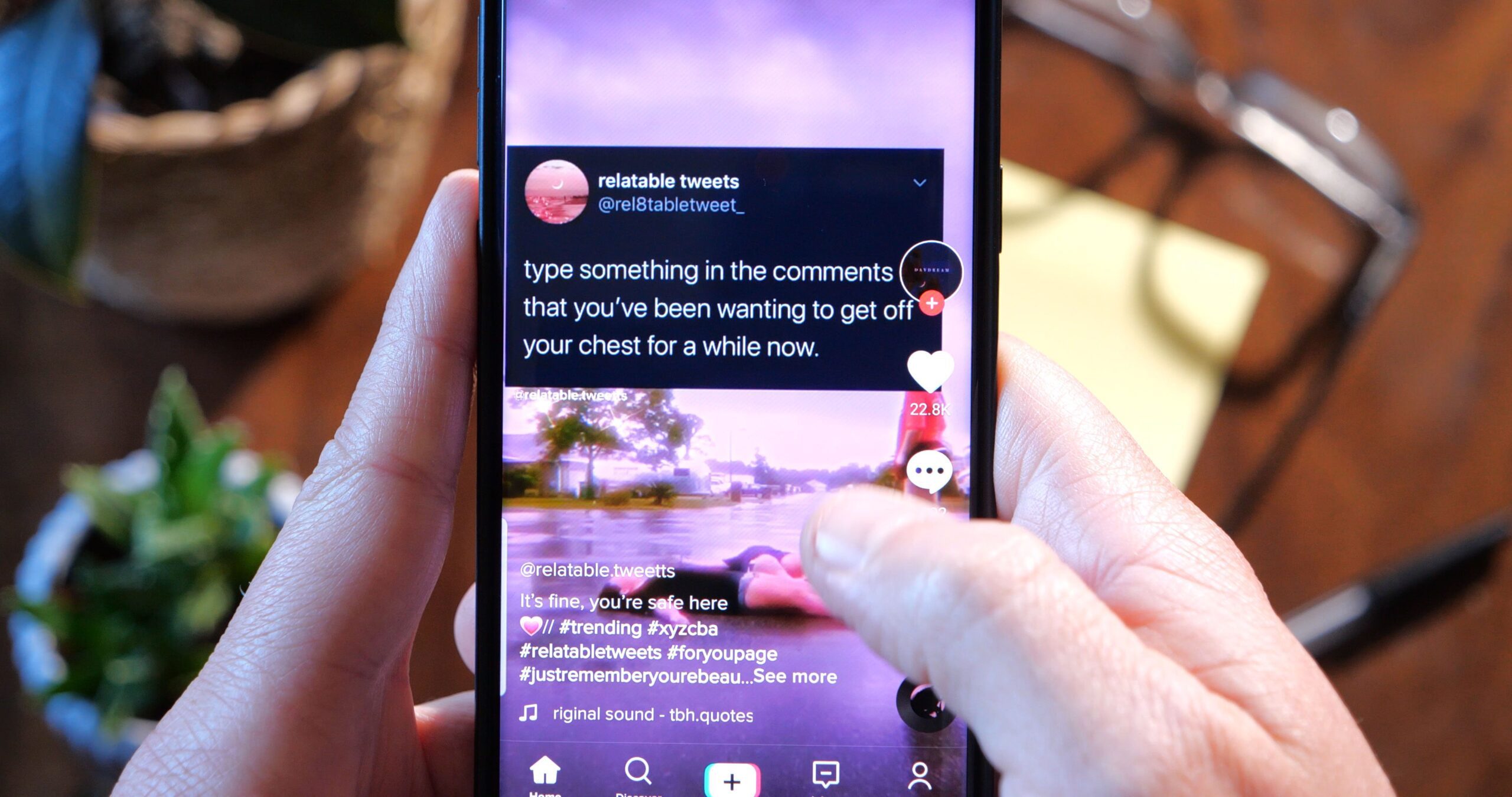In today’s video marketing landscape, less is definitely more. Short form content has exploded across social media in recent years. Open Instagram or Facebook right now and your feed will probably be flooded with short videos spanning various topics. The format has become so popular that even LinkedIn and Pinterest have gotten on the short form video bandwagon. And that’s no surprise – videos are a highly efficient way of conveying information. That’s why businesses, brands, and individual creators are all doubling down on video production. Video has become the unrivaled king of content, but it didn’t happen overnight. Let’s take a look at the last two decades of social media history to see how it all started and how short form videos rose to the top.
Short-form video in the early 2000’s

In the early aughts, the internet went from a niche curiosity to a mainstream means of communication. It was the era of iPods, cargo pants, and a brand new concept called social media. In 2003, MySpace (RIP) burst onto the scene, followed by Facebook six months later. These platforms forever changed the way people connect. They established a global digital space where users could share everything from music to family photos to their romantic relationship status. Reddit joined the party in 2005, and Twitter’s blue bird took flight for the first time in 2006. The early iterations of these platforms allowed for basic sharing and viewing of videos, but the short form video revolution was still a few years off. Even when Instagram debuted in 2010 it only offered photo sharing; posting videos wasn’t even an option.
2013: The arrival of the first short-form apps

We saw early glimmers of the content juggernaut short videos would become in January 2013 with the arrival of Vine. It was a whole new breed of social platform, the first to put short form video content front and center. Vine made it easy for users to create, view, and share short, looping videos right from their smartphones. The only catch was the six-second maximum length, which forced users to get creative. However this limitation set a new precedent. Creators no longer required big budgets, expensive equipment, or professionally shot footage to reach a massive audience.
Vine existed solely as a way to publish quick, funny, or entertaining clips. It allowed creators with no previous experience to create unique, bite-size content that had a chance to go viral. Vine’s explosive popularity quickly caught the attention of other social media companies. By June that same year, Instagram introduced the ability to record and share videos up to 15 seconds long. Facebook implemented its video autoplay feature in September 2013, making videos in newsfeeds virtually impossible to ignore.
2014-2017: The rise of video on social media

By 2014, social media users around the world had developed a serious appetite for short form video. In just a few years, short videos had become ubiquitous across the rapidly growing ecosystem of social platforms. Even celebrities and influencers were getting on board, using short videos to reach and build their audiences. In 2014, Musical.ly launched, which allowed users to create and post 15-second to 1-minute lip syncing videos. After garnering over 200 million users, the app was acquired by Bytedance and rebranded as TikTok in May of 2017. By this time, Instagram had launched Stories, which enabled users to post photos or short videos that would disappear after 24 hours.
As for Vine, it sadly met its demise a few months earlier due to a lack of advertiser support and monetization opportunities. Although it didn’t last long, Vine made an indelible mark on the history of short form content. The stage was now set for the modern era of short video to begin.
2020-2023: The modern era

Today, short form video platforms like TikTok and Instagram Reels have more than 2 billion monthly active users combined. Even Snapchat eventually got in on the action, creating Spotlight in November 2020, which showcased popular Snaps across the platform in a feed available to all of its users. In 2021, YouTube added YouTube Shorts, the platform’s first major foray into short form video. In its first month alone, Shorts attracted over 6.5 billion views. Today it boasts over 1.5 billion MAUs.
Short form videos have become a significant part of the social media landscape, watched and shared by billions around the globe. Today, marketing teams, brands, and individual creators leverage short form content to gain exposure and build customer loyalty. And with good reason. According to Sprout Social, consumers consider short form videos to be 2.5 times more engaging than long form. Shorter videos also make it more likely your audience will watch your content to the end. In a report by Vidyard, 58% of viewers say they’ll watch a company’s entire video if it’s under 60 seconds. And it’s not only attractive to viewers. In a survey by TechJury, a whopping 85% of marketers said they consider short form videos the most effective format. Furthermore, 90% of global advertisers say they plan to increase their investment in short videos in 2023.
Create your own video marketing strategy
If you’re not already creating short form videos for your business, brand, or organization, you’re missing out on a golden age of opportunity. It’s never been easier to grab your phone, record a video, and upload. Even if you need to edit your video, simple editors like Maker or the editing controls built in to most platforms make it more accessible than ever. Whether or not you go viral or get the views you’re looking for, however, is up to chance and the strategy you’ve developed.
After all, any video marketing, whether short form or long form, is only as good as the strategy behind it. Whether you’re a solo creator or leading a video marketing team, you need a solid video strategy. To help you get started, we made a guide that walks you through the process of developing one. Get the How to create a contemporary video strategy guide. In it, you’ll hear from Storyblocks’ in-house video team, as well as experts from our partners at HubSpot and Descript. Discover the 7 components of a successful video strategy, complete with step-by-step tips. It’s the only guide you’ll need to create videos better, faster, and cheaper in today’s economy.
Editor’s Note: We updated this article to include additional information. It was originally published on March 18, 2022.



